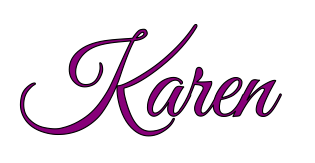Understanding your brand online is probably one of the most important things professors need to articulate for their students today. This should be at the core of what every social media class covers – in fact, you could almost have an entire class dedicated to this very subject. As a professor, I try to emphasize this point throughout all of my classes, but especially in my social media class at the University of Louisville.
This topic is not only being discussed in classes, but it is one that a lot of people are also interested in learning about. I had a chance to speak with Emily Maher of WLKY news here in Louisville this past week for her story disconnecting digitally.
During our chat, I shared with Emily my managing online reputation audit assignment with her and talk about how it’s not only an exercise for students to use to see how they are presenting themselves online, but also how often and frequent they are on certain platforms.
For my social media class, this is not necessarily a “new assignment” perhaps. However, I did update it a bit after I read and saw the great work Keith Quesenberry did for his book and the social media audit template he created.
When I saw this template, the first thing I thought of was: If this can be done for brands, can it be done for individuals as well? So, that’s what I did for this version of my assignment this semester.
What else was different from this assignment compared to other years?
- Still had Twitter as part of the mix (since we use it mostly for class), but added LinkedIn publishing as well. I have my students blog each week for the class, but I also have encouraged them to publish on LinkedIn as well.
- Visualization of their professional and personal persona. This table was based on the great audit Keith created here for brands. I think it was a good integration for the students to take the time to answer the questions, analyze what content works for them and what doesn’t, and outline their goals for next steps. I am glad I did this halfway through the semester so the students have time to improve on these goals before the class ends.
- Analyze their OWN data. Students are expected to know how to interpret data and provide strategic insights. Sometimes, we are able to get access to tools and platforms for them in class – but students already have access to data – THEIR OWN. They can see what tweets, updates, snaps, and pictures are getting most traffic and engagement, so in this exercise, they can actually take the data and provide their own recommendations on what they need to do for practice.
What were some of the takeaways from the students? They felt it really opened their eyes on not only what they are doing on each of these platforms, but also what they are doing in terms of content management, engaging with key influencers, and where they want to be at the end of the course and beyond.
In summary, as social media continues to evolve, so should the assignments we give for our students. While I have always given a managing online reputation assignment for my classes, this one was shifting to focus on what communities you want to be a part of, what content should be created to reflect their passions and interests, and what they will need to do to establish their personal networking capabilities online.
Hope you all are having a great day!

